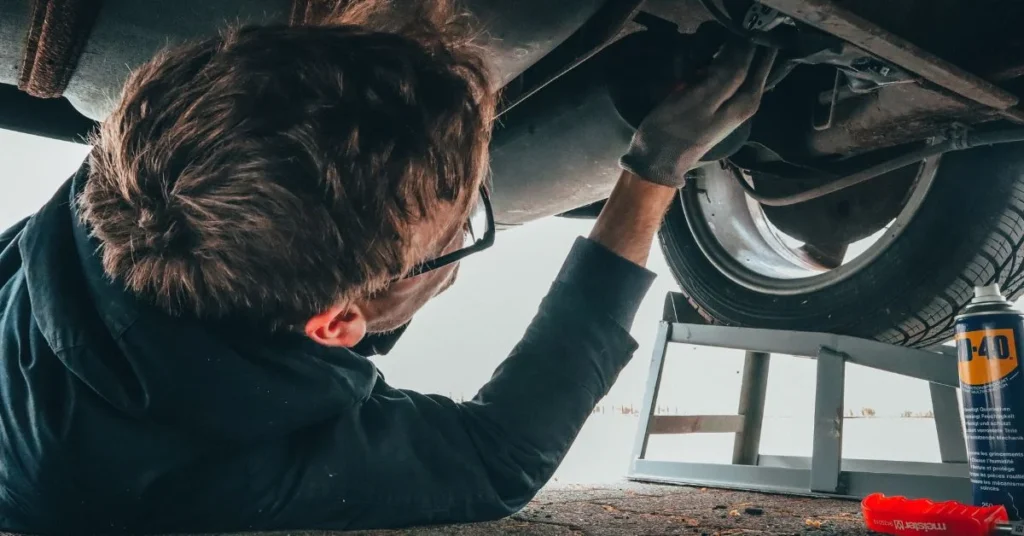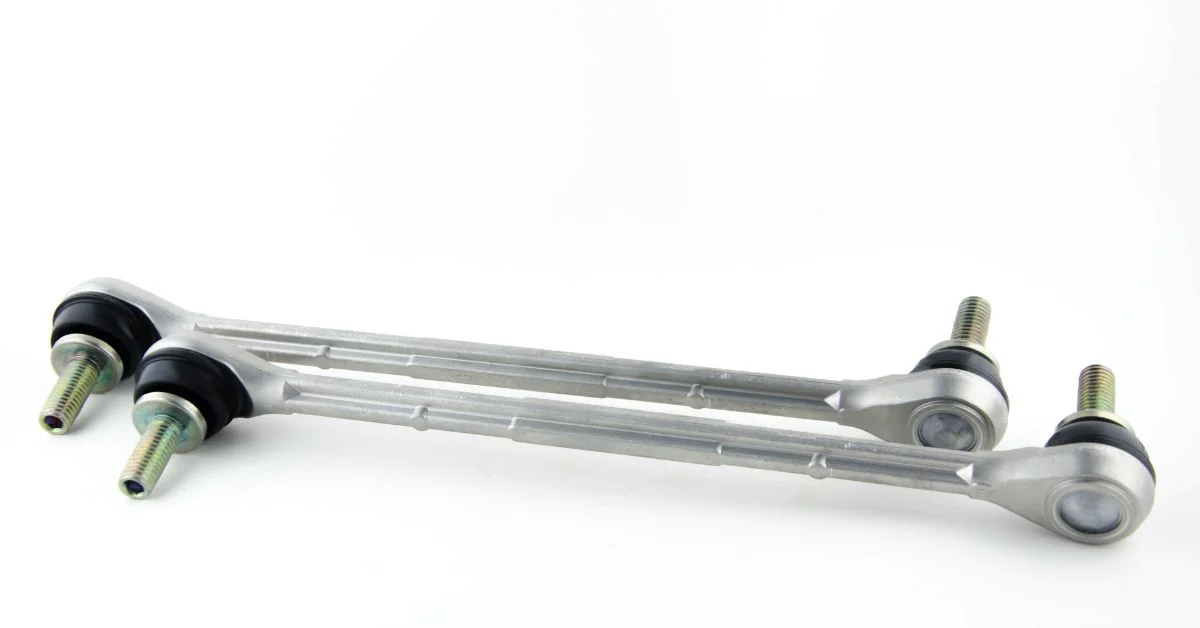Sway bar links are essential components that connect the sway bar to the vehicle’s suspension system. They help reduce body roll during turns, keeping your car stable and balanced. By maintaining even weight distribution across all four tires, these links enhance traction and control.
When you take a corner, centrifugal force pushes your vehicle outward. The sway bar counteracts this movement, allowing for sharper handling without compromising comfort. Properly functioning sway bar links ensure that the sway bar can effectively perform its job.
Additionally, they contribute to overall ride quality by minimizing unwanted oscillations from road imperfections. This means you’ll experience a smoother drive with less bouncing or swaying while navigating various terrains. Investing in good-quality sway bar links is an excellent way to improve both stability and handling on the road.
Importance of Sway Bar Links
Sway bar links play a critical role in vehicle suspension systems. They connect the sway bar, or anti-roll bar, to the vehicle’s chassis and suspension components. This connection helps reduce body roll during cornering, improving overall stability.
When you take a turn, these links allow the sway bar to transfer weight from one side of the vehicle to the other. This action keeps your tires planted firmly on the road, enhancing traction and control. A well-functioning sway bar link can significantly improve handling dynamics.
Moreover, they contribute to ride comfort by minimizing excessive lean and preventing unwanted movement of your vehicle’s body. When sway bar links are in good condition, drivers experience more predictable steering responses and better overall performance on various terrains.
Signs of Worn Sway Bar Links
One of the first signs of worn sway bar links is a noticeable clunking sound when navigating bumps or potholes. This noise often indicates that the sway bar link’s bushings have degraded, leading to increased movement in the suspension system.
Another indication can be excessive body roll during turns. If you feel your vehicle leaning more than usual while cornering, it might be time to inspect your sway bar links. They play a critical role in stabilizing your ride and preventing unwanted lateral movement.
Additionally, uneven tire wear may signal an issue with your sway bar links. When these components fail, they can affect wheel alignment, leading to premature wear on tires. Keeping an eye out for these symptoms will help maintain optimal handling and stability in your vehicle.
Benefits of Upgrading Sway Bar Links
Upgrading sway bar links can significantly enhance your vehicle’s performance. High-quality sway bar links are designed to provide better support and stability during cornering. This upgrade leads to improved handling, allowing drivers to navigate sharp turns with confidence.
Another major benefit is the reduction in body roll. By minimizing unwanted lateral movement, upgraded sway bar links contribute to a smoother ride experience. You’ll notice less swaying and bouncing, especially on rough roads or during quick maneuvers.
Moreover, stronger materials used in upgraded sway bar links increase durability and longevity. They resist wear and tear better than standard options, ultimately saving you money on replacements over time. Investing in high-performance sway bar links enhances both safety and driving pleasure for any enthusiast.
Factors to Consider When Choosing Sway Bar Links
When choosing sway bar links, the material quality is essential. Common materials include steel and aluminum. Steel offers durability but can be heavier, while aluminum is lighter and resistant to corrosion. Consider your vehicle’s specific needs when deciding.
Compatibility with your vehicle’s make and model also plays a crucial role. Not all sway bar links are universal; some may not fit properly or could compromise performance. Always check manufacturer specifications before purchasing.
Think about the purpose of upgrading your sway bar links. If you’re looking for enhanced performance in off-road conditions, opt for heavy-duty options designed for rugged use. For everyday driving, standard replacement parts will suffice without compromising stability or handling.

Installation of Sway Bar Links
Installing sway bar links is a straightforward process, but it requires some basic tools. Start by safely lifting your vehicle and securing it on jack stands. This ensures you have ample space to work underneath the car.
Next, locate the sway bar link attached to both the sway bar and the suspension components. Use a wrench or socket set to remove any bolts holding the old links in place. Make sure to keep track of washers or bushings as they may need replacement too.
Once removed, position your new sway bar link and tighten them according to manufacturer specifications. It’s essential not to overtighten as this can lead to damage. After installation, check for proper alignment before lowering your vehicle back onto its wheels for a test drive.
Conclusion
Sway bar- links play a crucial role in enhancing your vehicle’s stability and handling. By connecting the sway bar to the suspension, they help manage body roll during turns, ensuring that your ride remains smooth and controlled. This is particularly important for those who frequently navigate winding roads or sharp corners.
Investing in quality sway bar link can significantly improve overall driving experience. With better handling, you not only increase safety but also enjoy enhanced performance on various terrains. It’s an essential upgrade for any car enthusiast looking to optimize their vehicle’s dynamics.
Regular maintenance checks are vital to ensure these components remain in good condition. Addressing issues early prevents further damage and maintains optimal driving performance. Prioritize your vehicle’s health by keeping an eye on your sway bar links; they’ll pay off with every journey you take.
FAQs
What exactly do sway bar link do?
Sway bar links connect the sway (or anti-roll) bar to the chassis and suspension components. They help reduce body roll during sharp turns by transferring forces between wheels.
How often should I replace my sway bar link?
It’s recommended to inspect them every 30,000 miles or whenever you notice symptoms of wear or unusual handling characteristics.
Can I install new sway bar link myself?
Yes! Many DIY enthusiasts can handle this task with basic tools; however, ensure you follow proper procedures for safety and effectiveness.
What materials should I look for when buying new ones?
Look for high-quality steel or reinforced composites that offer better durability than standard OEM parts.









